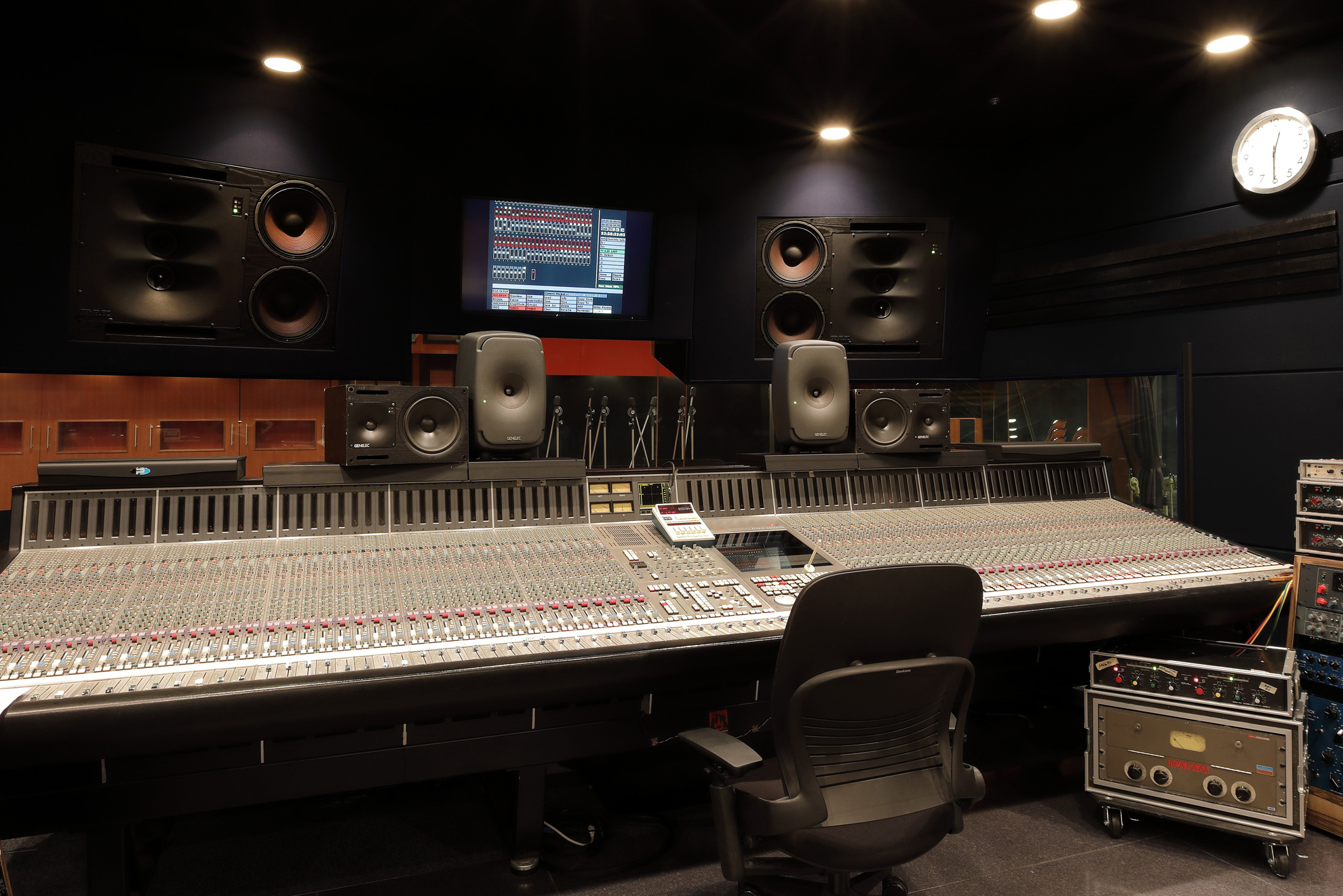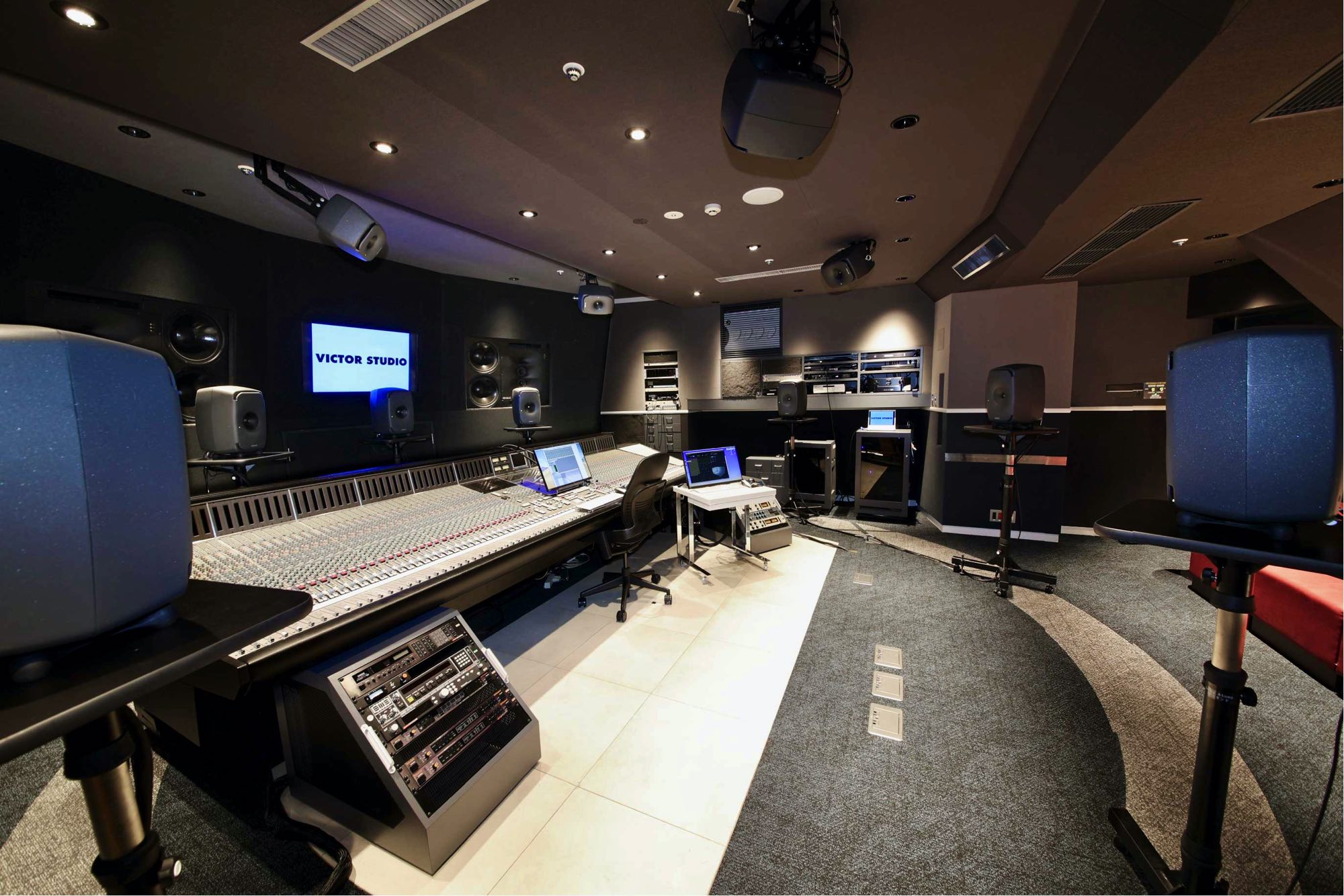Out of curiosity, I started looking up the mastering/mixing gear used at some of my favorite studios. I thought it might be good to create a master thread where we keep track of what speakers are used where. I haven't separated the recording studio from the mastering/mixing studio, which is probably an important thing to do. My general impression is that the studios focusing on movies and music have the most high-end speakers while the pure music studios seem to go with seemingly random setups.
1 - Studio name, location
2 - Brand of monitors used
3 - Music or movies that you liked that was mixed here
4 - References (photo, article, press release, etc.)
Skywalker Sound, California (USA)
Meyer Sound
All of the Star Wars, Pixar, and Marvel movies and more


Reference: [1][2]
Victor Studio, Tokyo (Japan)
Genelec (for last 30 years)
The do a lot of Japanese-market music, but in the USA, they're known for popular anime (Macross and Gundam series) and videogames (Final Fantasy series).


Reference: [1][2]
Abbey Road Studios, London (UK)
Bowers and Wilkins
Obviously known for the Beatles, they were also used by Adele, Pink Floyd, U2 and Sting.


References: [1][2]
Electric Lady Studios, New York (USA)
Custom Augspurger mains, ATC
Adele has recorded here (30) and Taylor Swift was recently seen recording here while doing her Eras tour.

References [1]
The Village Studios, Los Angeles (USA)
Custom, TAD tweeters and drivers
John Legend, John Lennon, Marilyn Mason, Barry Manilow, Lady Gaga, Bob Dylan... pretty much a true mix of every genre

References [1][2]
East West Studios, Los Angeles (USA)
Custom Augspurger with TAD/JBL drivers and custom ATC, though they apparently have a Wilson in the lounge
From Frank Sinatra to R.E.M.



References [1][2]
Capitol Studios, Los Angeles (USA)
PMC
John Mayer, Bob Dylan, The Beach Boys, Skrillex

1 - Studio name, location
2 - Brand of monitors used
3 - Music or movies that you liked that was mixed here
4 - References (photo, article, press release, etc.)
Skywalker Sound, California (USA)
Meyer Sound
All of the Star Wars, Pixar, and Marvel movies and more
Reference: [1][2]
Victor Studio, Tokyo (Japan)
Genelec (for last 30 years)
The do a lot of Japanese-market music, but in the USA, they're known for popular anime (Macross and Gundam series) and videogames (Final Fantasy series).


Reference: [1][2]
Abbey Road Studios, London (UK)
Bowers and Wilkins
Obviously known for the Beatles, they were also used by Adele, Pink Floyd, U2 and Sting.
References: [1][2]
Electric Lady Studios, New York (USA)
Custom Augspurger mains, ATC
Adele has recorded here (30) and Taylor Swift was recently seen recording here while doing her Eras tour.

References [1]
The Village Studios, Los Angeles (USA)
Custom, TAD tweeters and drivers
John Legend, John Lennon, Marilyn Mason, Barry Manilow, Lady Gaga, Bob Dylan... pretty much a true mix of every genre

References [1][2]
East West Studios, Los Angeles (USA)
Custom Augspurger with TAD/JBL drivers and custom ATC, though they apparently have a Wilson in the lounge
From Frank Sinatra to R.E.M.


References [1][2]
Capitol Studios, Los Angeles (USA)
PMC
John Mayer, Bob Dylan, The Beach Boys, Skrillex






